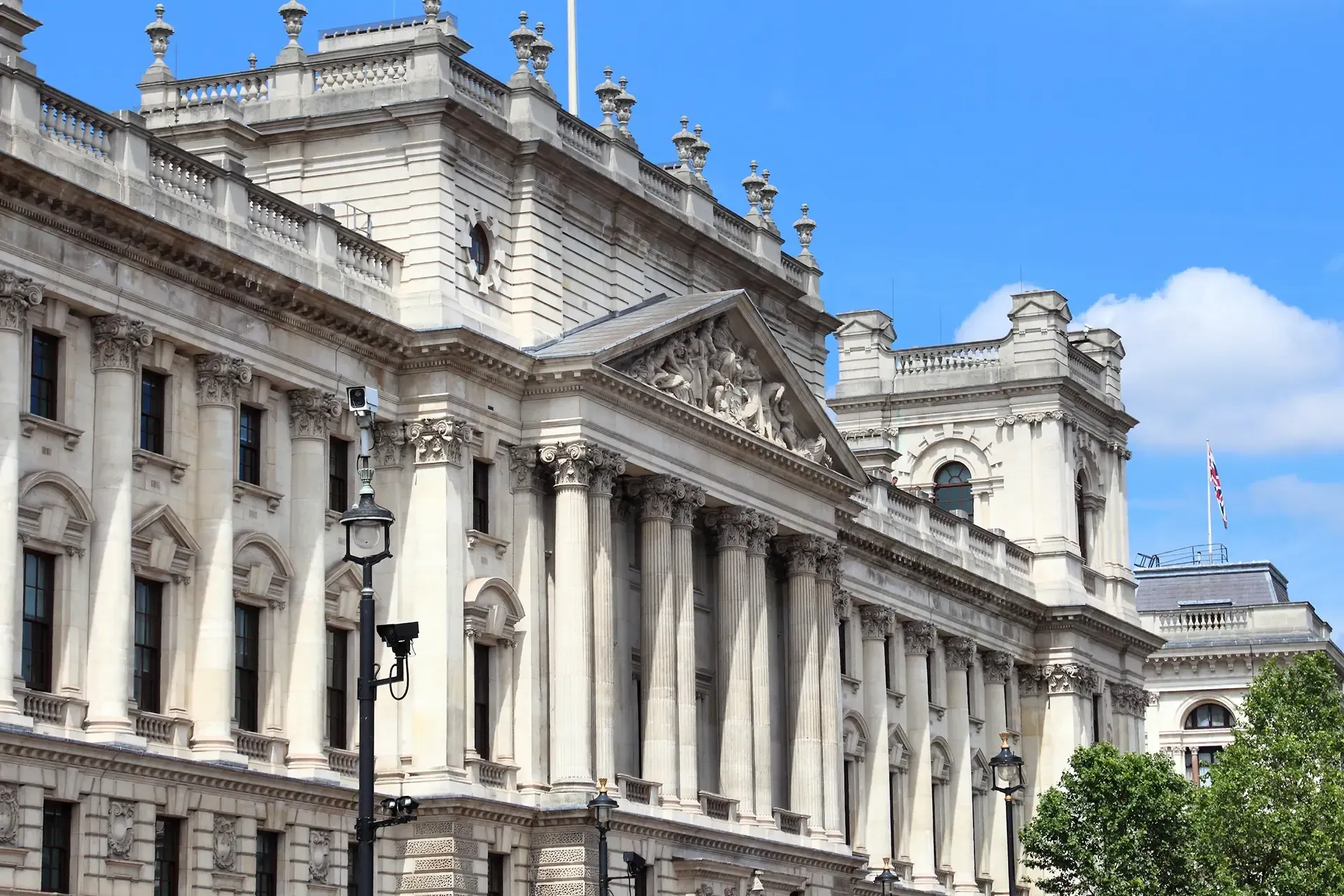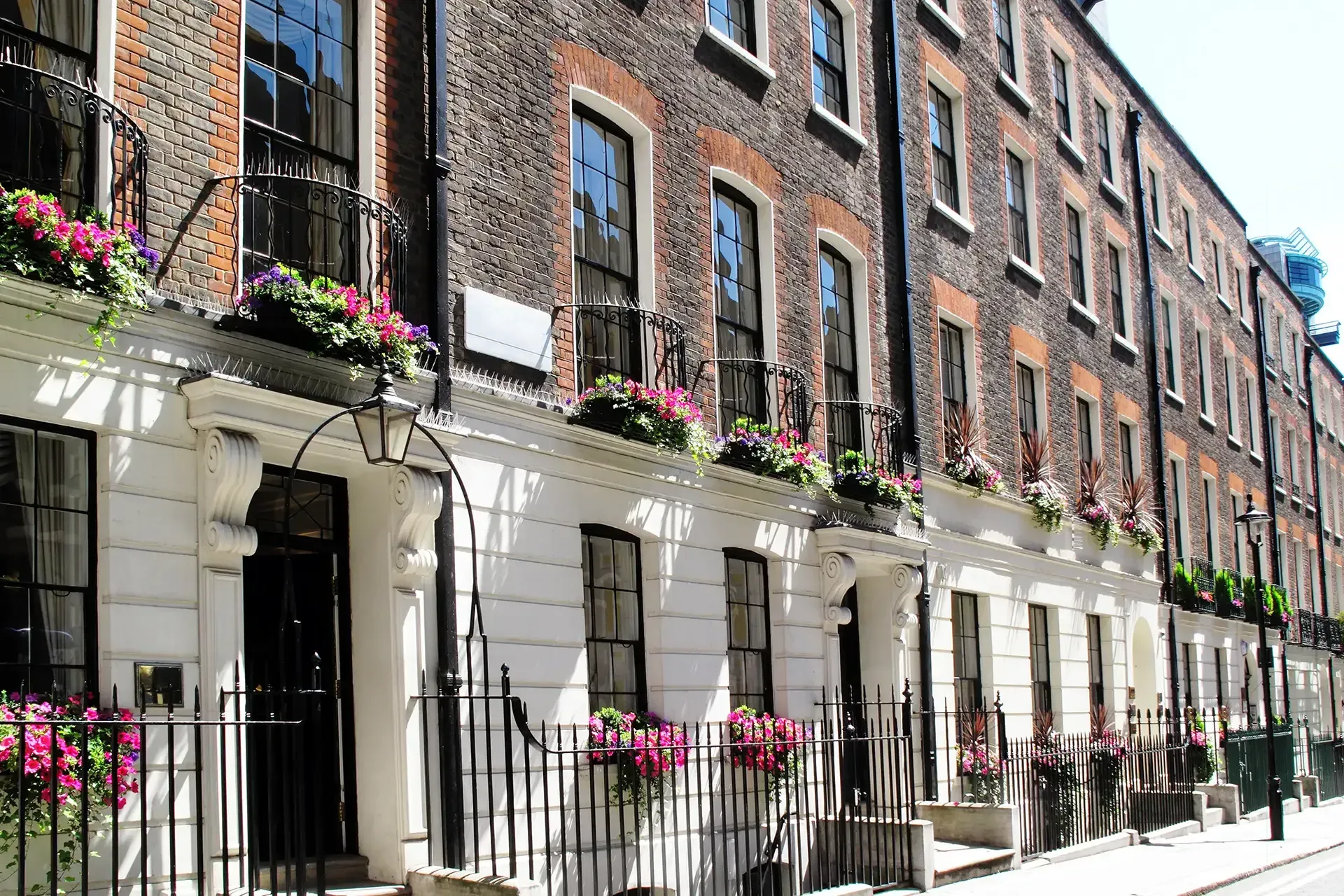How To Put Your Prices Up The Right Way
When you look at the most successful businesses in any sector, whilst there may be one or two that are successful using a low-price strategy, the majority are premium high-priced businesses, such as Apple, Starbucks and Disney.
Despite that, and even if you acknowledge that most of your customers are really value sensitive as opposed to price sensitive, you might be thinking, “If I put my prices up I’ll lose customers!”
Not necessarily.
Why the concept of incremental irrelevance will instantly increase profits
Think of one of your favourite products. Perhaps it’s your iPhone, or your favourite bottle of wine. How much does it cost?
Before reading on, stop and think about this.
Write down one of your favourite products.
Next write down its current price (or at least your best guess).
Finally, write down what the price would be if it increased by 1%.
For example, if one of your favourite products is your iPhone and it currently costs £689.00, then a 1% increase in price would make the new price £695.89. Or perhaps you were thinking about your favourite bottle of wine. And if it is currently £7.49, a 1% increase in price would raise it to £7.57.
What are the numbers for your favourite product.
Don’t continue reading until you’ve done that.
Here’s the important question. Ask yourself, if tomorrow the price rises by 1% to the new price you’ve written down, would you still buy your favourite product? Or would you switch?
The answer for the vast majority of people is likely to be “No”. It certainly is when I’ve done this in seminars and workshops.
Why is that?
When a product or service is valuable and of high quality you won’t switch for a tiny 1% increase in price. 1% is such a tiny change in price. It’s likely to be less than inflation. It’s irrelevant.
Think about your product or service. Is it good quality? Do your customers like it? If so, chances are they wouldn’t switch either if you put your prices up by 1%.
So, if that’s the case, why not put your prices up by 1% immediately.
Putting your prices up by 1% is likely to have no impact on your customers buying choices. And yet the impact can be significant.
Let’s take Eddie for example. If Eddie decides to put his prices up by 1% on average, his net profit increases by 25.8% from £33,000 to £41,500:
What would be the impact on your business from a tiny 1% increase in average price? Probably a worthwhile amount.
What if you increase your price by just 2%?
If you could do that, and not lose any customers, the impact on your profit is much bigger still. Eddie could potentially increase his profit to £49,000.
What about 3%, or even 5%. How much can you increase your average price before you start to see a reduction in sales quantity or number of customers?
You will never know unless you test.
Of course, there’s a limit isn’t there? If you put your prices up by 20% you definitely will lose sales volume.
Or will you?
Raising prices doesn’t always mean you lose market share
People often use price as a short cut in assessing quality. A high price is an indicator of quality. Sometimes, raising the price impacts on the customer’s perception of quality.
Since most people are value sensitive rather than price sensitive, an increase in the perception of quality, brought about by a price rise, can result in an increase in sales volume. That’s why you see premium companies like Starbucks and Apple with high market share.
Customers use the price as an indicator of the product’s quality. Sometimes this is referred to as the prestige phenomenon.
If you can achieve this, the impact on profit is considerable. Let’s consider Eddie’s videography business again. Eddie decides to re-design his logo, website, packaging and promotional material to suggest higher quality. He reinforces this with a 10% price rise.
He is now an attractive option to those higher quality customers who previously dismissed him as cheap and cheerful. As a result, he grows his customers by 10%. This is what his profit would look like:
That’s a huge increase in Eddie’s profit.




